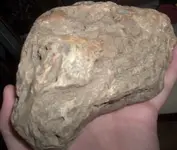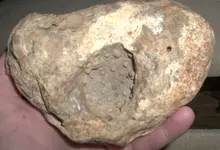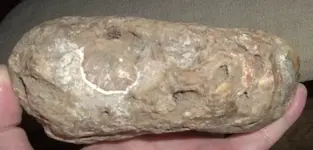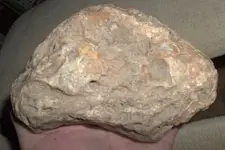You are using an out of date browser. It may not display this or other websites correctly.
You should upgrade or use an alternative browser.
You should upgrade or use an alternative browser.
Agate cast of coral and shells?
- Thread starter BadAdze
- Start date
mamabear
Silver Member
- Joined
- Feb 21, 2008
- Messages
- 3,071
- Reaction score
- 867
- Golden Thread
- 0
- Location
- SE Missouri
- Detector(s) used
- garage sale oldie
- Primary Interest:
- Other
yup, coral. nice find. I'm sure Harry will be able to be more specific. I've yet to find a piece (except in a rock shop) but I know we have it here in SEMO also.
BadAdze
Full Member
- Joined
- Oct 2, 2012
- Messages
- 233
- Reaction score
- 91
- Golden Thread
- 0
- Detector(s) used
- Bounty Hunter Pioneer 505
- Primary Interest:
- All Treasure Hunting
- #4
Thread Owner
Thats what i was thinking Gatorboy, and i know its hard to tell from photos. This composition is extremely hard and really looks like banded Agate. Can you describe limestone a little for me? In the meantime ill try to find a comparison.
GatorBoy
Gold Member
- Joined
- May 28, 2012
- Messages
- 14,716
- Reaction score
- 6,156
- Golden Thread
- 0
- Primary Interest:
- All Treasure Hunting
Its basically ancient sea floor.its a sedimentary rock..mostly calcium carbonate and skeletons of sea organisms. When the silica skeletons of those organisms gather in thick enough layers the silica replaces the limestone... then you have what's known as Flint or chert. Not exactly.. but kind of... you could say it's agatized limestone.
Last edited:
Harry Pristis
Bronze Member
- Joined
- Feb 5, 2009
- Messages
- 2,353
- Reaction score
- 1,294
- Golden Thread
- 0
- Location
- Northcentral Florida
Its basically ancient sea floor.its a sedimentary rock..mostly calcium carbonate and skeletons of sea organisms. When the silica skeletons of those organisms gather in thick enough layers the silica replaces the limestone... then you have what's known as Flint or chert. Not exactly.. but kind of... you could say it's agatized limestone.
Chert/flint is also a sedimentary rock -- one of "the silicates." Silica dioxide from the dissolved skeletons of marine organisms is in solution in water within the sea-bottom. This SiO[SUB]2 [/SUB]tends to collect and settle out in lenses of cryptocrystalline quartz -- chert or flint. Silica doesn't replace the sea-bottom mud (eventually limestone), it pushes aside or engulfs some of the soft sediments.
In Florida, these lenses of chert occur in the Late Eocene and Late Oligocene limestone as rounded "bisquit-shapes" or sometimes as flattened dumbell shapes. They may weight several thousand pounds. This chert usually includes skeletons or molds of marine animals, commonly foraminifers.
Most of the chert from North Florida is called Coastal Plain Chert by Native American artifact collectors. This chert is of uneven quality for knapping because the chert often fractures along the line of any larger inclusion. Better quality silicate material may be found in an area around Tampa Bay where large coral heads may be replaced by chalcedony . . . technically, becoming "pseudomorphs after coral."
centfladigger
Hero Member
love the chalcedony...found a good amount this past weekend...and yes it was cold..not suwannee cold ,but cold...ps there are 2 coral heads in the pics..didnt want to confuse








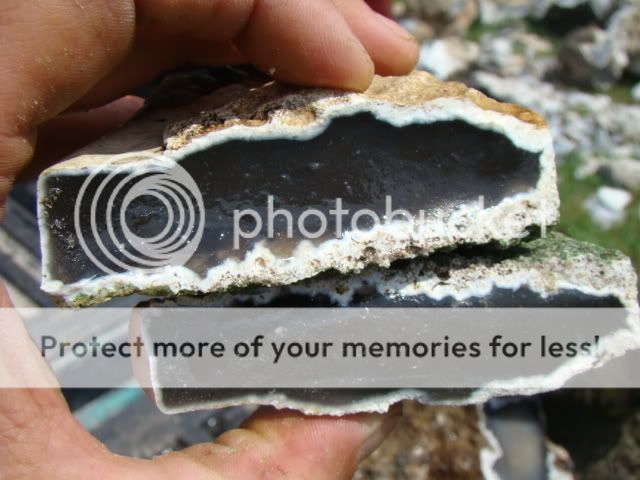











Similar threads
- Replies
- 3
- Views
- 626
Users who are viewing this thread
Total: 1 (members: 0, guests: 1)

